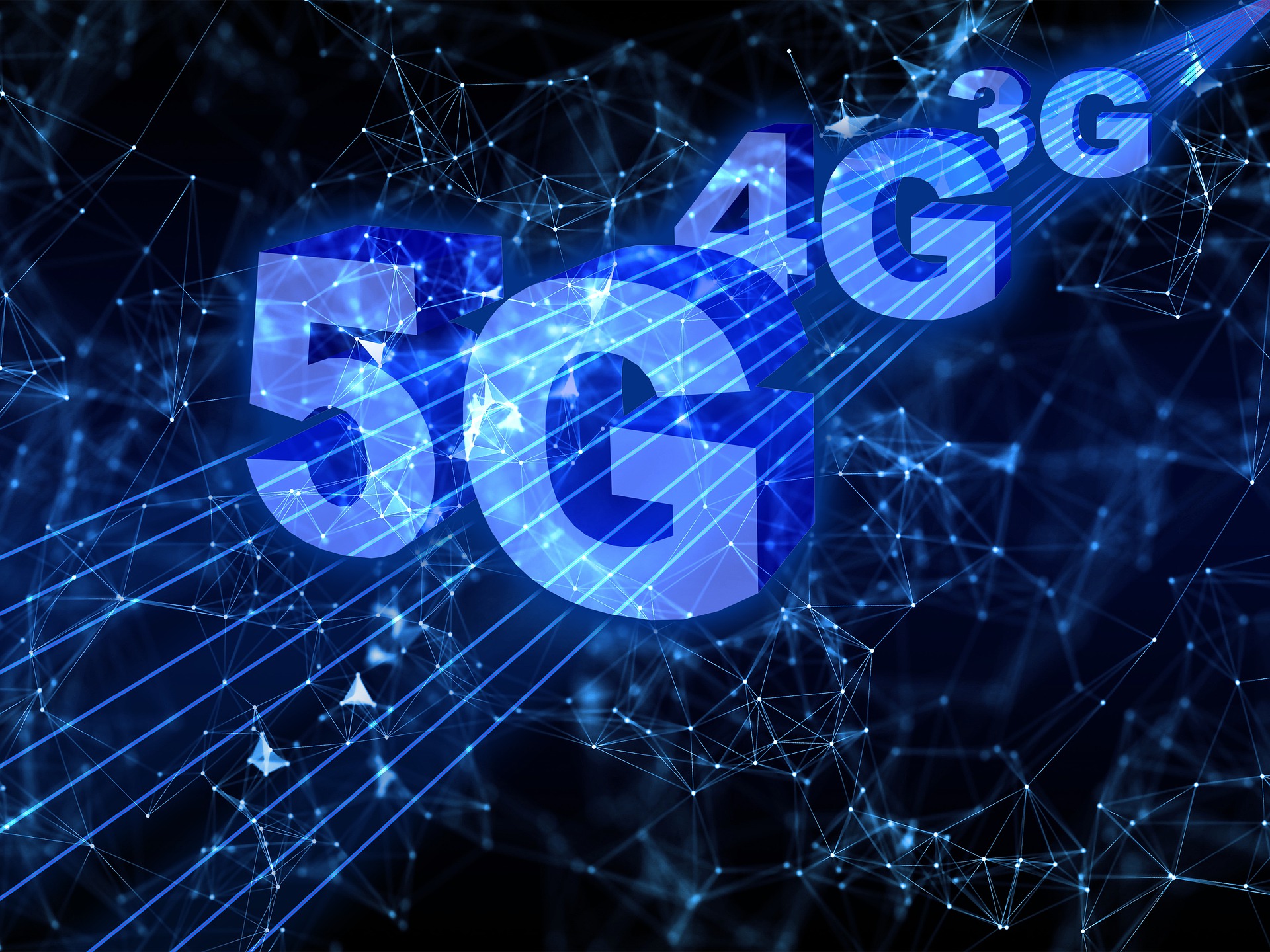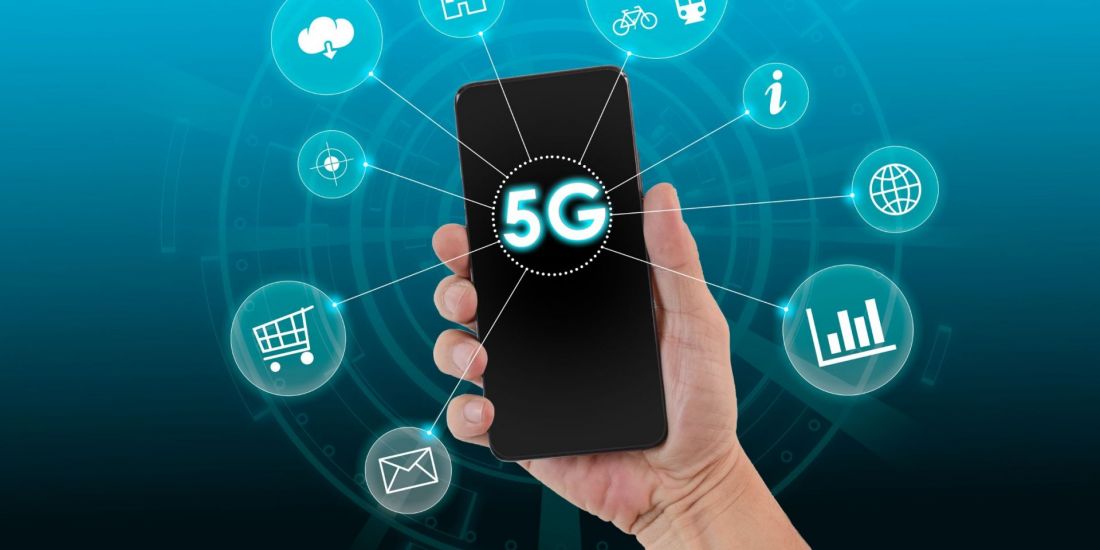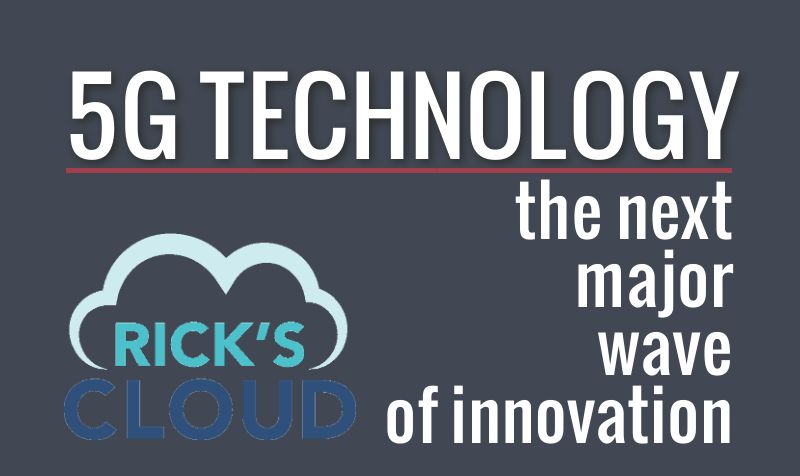
5G Technology: Opportunities and Concerns
Introduction
Over the years, technology has evolved progressively and became an integrated part of our lives. One of these technologies that revolutionized the business and tech world was the evolution of wireless telecommunications.
In the mid-’80s the world had 1G, by 2001 we were already experimenting with the potential of 3G, which allowed video conferencing and video streaming. Just a few years later (2007), 4G networks were developed and changed the rules of the game one more time. This ever-evolving trend led to the further development of 5G in early 2018, meaning not only higher download speeds for videos, but also massive improvements in all industries, such as healthcare and automotive to name a few.
Where are we now with this technology? Let’s see a few trends, opportunities, and also concerns brought to the table by 5G technology.
Moving from 4G to 5G
Let’s take a look at how 4G influenced the world and how 5G is ready to take the reins from its predecessor. 4G was characterized by several features, including latency improvements, speed, and bandwidth. In addition to this, while 4G struggled during peak hours, 5G promises to allow a higher number of devices to connect without any interruptions. For example, a 4G network supports around 4000 devices per square kilometer, while a 5G network supports up to a million devices per square kilometer.
Reduced latency and the higher speed of 5G technology is only the tip of the iceberg, industry experts say. The new technology will allow the improved connectivity to power some of the most significant communication advances of modern times. To put it into perspective, this means that all of your home devices can be powered solely by your 5G network.
So, why is 5G technology better?
There are several key features of 5G technology that make 4G obsolete. As stated before speed, latency and broadband are among the top advantages. In addition to this, more integration possibilities. Integration with autonomous vehicles, medical devices, and even infrastructure. Higher speeds and lower latency also means real-time updates of databases and anything that requires a decision-making process in an instant. This, in turn, means that over time, you will have a better understanding of your overall business costs and optimization of those expenditures.
5G will set the new standard for internet speeds and will affect every industry as we know it. This is mainly because it’s associated with the new industrial revolution, namely the “Internet of Things”. In the health industry, 5G will power telemedicine which means that even surgeries can be done from thousands of miles away through Virtual Reality. In addition to this remote vital sign, monitoring is going to happen when 5G will unleash its full capabilities worldwide.
Another industry that will benefit from 5G is automotive. 5G not only will allow cars to talk to each other, but with every device that is nearby, thus decreasing the chances for an accident to happen, or to recheck the traffic patterns and give alternate routes in real-time based on other road users, without failure.
5G Technology: potential dangers, rumors, and downsides
Out of the total 196 countries on the globe, only 35 of them have 5G coverage. However, not all of those 35 have nationwide coverage, but more limited access to big cities and areas.
Since the launch of the service, there have been numerous protests towards the safety of 5G. Conspiracy theories have acclaimed that the technology penetrates the skin and causes several diseases, ranging from cancer to the more recent coronavirus. Moreover, people have caused disaster by attacking the 5G infrastructure, more specifically the 5G sites, as seen in the recent news. “Low and mid-band 5G are based on radio frequencies that have been used for decades” experts say.
Having discussed this next big thing, it’s needless to point out that not everything is perfect regarding 5G. The biggest disadvantage of 5G is that its speed is directly impacted by the obstructions in the vicinity. This means that anything from trees to large buildings and walls can disrupt the powerful high-frequency, yet short distanced signals for the 5G antennas. Another disadvantage of 5G technology is the high initial cost to rollout. In addition to rebuilding the existing infrastructure, let’s not forget the maintenance costs needed to support such high speeds all the time.
An additional drawback to 5G is the current devices. Mobile phones, tablets, and any other 5G ready device does not have the battery capacity to sustain this type of connectivity yet, and the ones that do, are very expensive.
Conclusion
While more and more countries are on the verge of becoming 5G friendly, every stakeholder in the ecosystem needs to adapt to the current changes in the telecommunications sector. Whether it is about cost, performance, or area covered, everybody needs to come together as one for this technology to become generally available at a fair and decent price. We look forward to seeing what the next years will bring in regard to 5G. Drop us a comment below and share your opinion on this technology.




